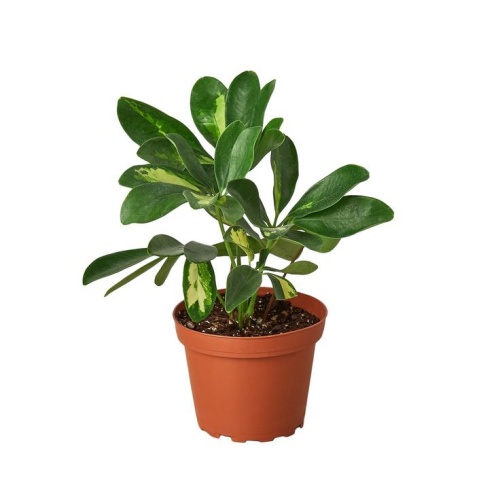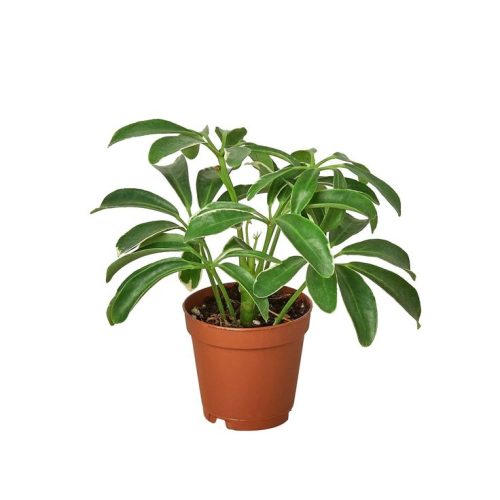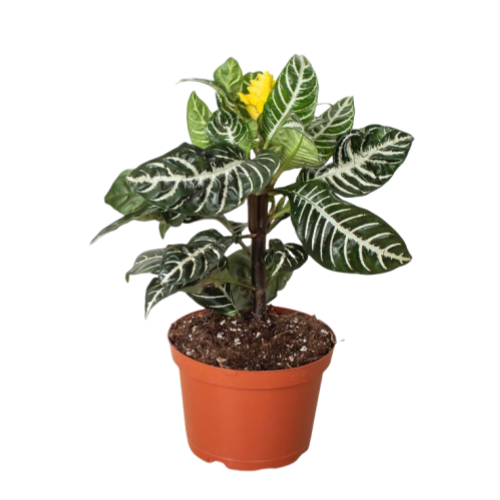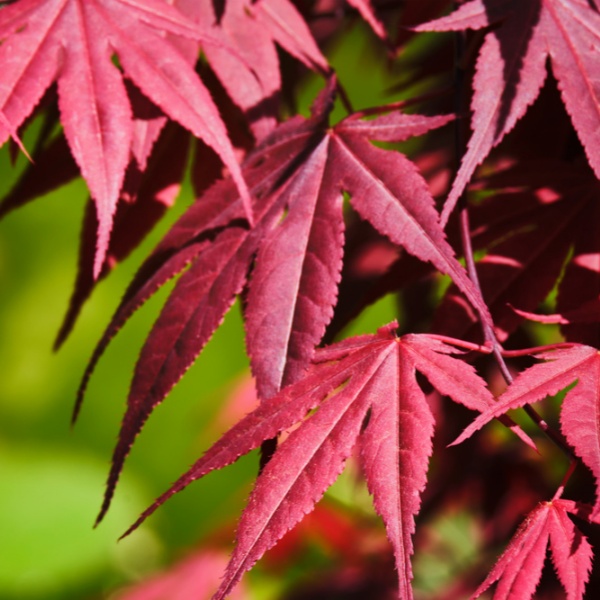Ponytail Bonsi
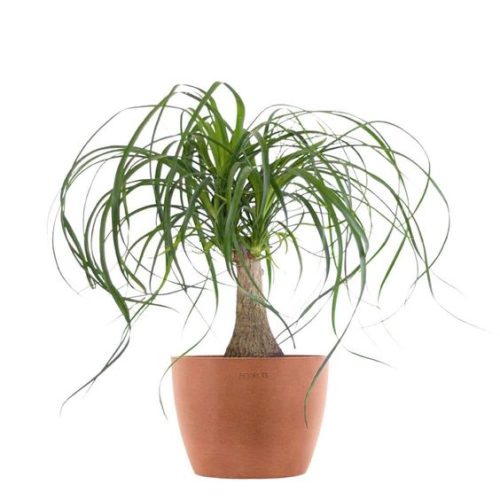
- Botanical Name: Beaucarnea
- Family Name: Asparagaceae
- Kakau: 2-30 feet
- Te pāmahana: 8℃~30℃
- Others: Warmth, drought-resistant, suitable for indoor light, little water.
Tirohanga whānui
Whakaahuatanga Hua
Ponyatil Palm Bonsai: Charm Destm, Indoor Grace
Ko te ataahua o te tau-ora mai i Mexico Semi-koraha
Te Rakau Maunga Nui
Ponytail Bonsi, mohiotia anaiao Beaucarnea, no te whanau Asparagaceae me nga whatu mai i nga rohe o te koraha o te tonga o Mexico. Ko tenei tipu whakatipu ka tupu i roto i te pāmahana whanui, e manakohia ana te maramara mahana me te tipu o te tipu o te 45-85 ° F). Ka taea te tu ki nga papaa me te wera o waho, ka pai ki te mahana o nga tautuhinga o roto i te takurua. He mea tino mohiotia e tona turanga pupuhi ahurei, e penapena ana i te wai ka taea te tipu kia ora ai nga tikanga o te tauraki mo te wha wiki me te kore whakainu.
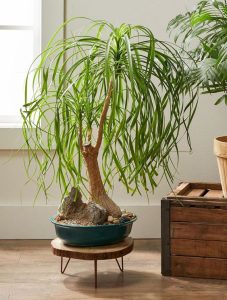
Ponytail Bonsi
Te urutau-kore e whakaitihia
Ko te Rohe Ponitapu Bonyai he tipu pai mo te mahana mahana me te ahuwhenua, te whakaatu i te mate tauraki. He pai rawa atu mo nga waahi o roto me te maama kanapa, te rama ranei ka taea te whakarite ki nga taiao e pai ana ki te wareware wai. Ko tenei ahuatanga uaua e pai ana ki te hunga e maioha ana ki te iti o te tiaki, engari ka mau tonu ki te greeroor o roto.
Ko te ataahua pounamu-turanga: Te Rangatira o te Rakau Ponytail
Ponytail BonSai, mohiotia ai te pūtaiao Beaucarnea, is celebrated for its distinctive morphological features. The plant’s most notable characteristic is its swollen base, resembling a large onion, which is referred to as the “bottle” and stores a significant amount of water and nutrients, aiding the plant’s survival in arid conditions. From this base, the Ponytail Palm Bonsai grows slender, curved trunks topped with rosette-shaped green leaves. These leaves are dark green, firm in texture, and spirally arranged, resembling a horse’s tail, hence the name “Ponytail Palm.” The entire plant presents an elegant and intriguing silhouette, making it a popular choice among bonsai enthusiasts and for indoor decoration.
Ponytil Bonsai: He aroha nui me te tohu tohu i roto i te tipu kotahi
Ko te tino ataahua o te piihi: aesthetics me te ngawari o te tiaki
Ko te Rohe Runga o te Rōtipu, me ona rau uaua whanui me nga rau uaua, he mea tino pai ki waenga i te hunga hihiri mo tona ahua ahurei me nga matea-iti. Ko tenei Biansai e tu ana mo ana ahuatanga whakamiharo, penei i tona pakari, te riki-rite, me te roa o te roa, te roa e hanga ana i tetahi paanga pini. Ko tana whakaraeraetanga ki nga momo ahuatanga, tae atu ki nga taiao o roto, me tona oranga ki te mate uruta me te wareware, kia pai ai te hunga korokoro. Ko te tauira tipu tipu o te Rohe Bonytail Bonsion, e kaha ana i te pakari me te rangatiratanga o tenei rakau iti, ka whakatauhia e ia te nuinga o te whare tuku iho e hiahia ana kia ngoikore me te hanga.
Te tohu me te huatau o roto: Te Waimarie Pai
Beyond its physical attributes, the Ponytail Palm Bonsai is also admired for its symbolic meanings. In Feng Shui, it is believed to bring wealth and prosperity to its owner. Its unique shape and lush leaves are thought to attract positive energy and good fortune, adding a touch of auspiciousness to any space. As an interior decoration, the Ponytail Palm Bonsai’s elegant look and tropical vibe make it a popular choice. Its feathery leaves and vibrant green color add a natural beauty to any room, ensuring that its impressive appearance will undoubtedly leave a lasting impression, whether placed in a sunny spot or a well-lit area. In summary, the Ponytail Palm Bonsai is highly regarded and loved for its unique appearance, easy care, symbolic significance, and its role as an indoor decorative element.





